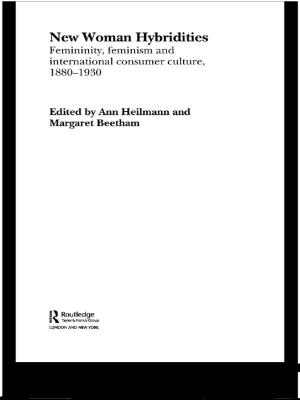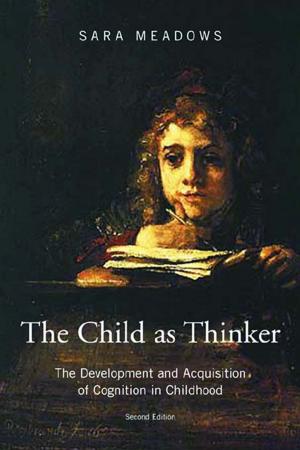Publishing Women's Life Stories in France, 1647-1720
From Voice to Print
Fiction & Literature, Literary Theory & Criticism| Author: | Elizabeth C. Goldsmith | ISBN: | 9781351907514 |
| Publisher: | Taylor and Francis | Publication: | March 2, 2017 |
| Imprint: | Routledge | Language: | English |
| Author: | Elizabeth C. Goldsmith |
| ISBN: | 9781351907514 |
| Publisher: | Taylor and Francis |
| Publication: | March 2, 2017 |
| Imprint: | Routledge |
| Language: | English |
In this new study, Elizabeth Goldsmith continues her pursuit of issues treated in her earlier books on conversation, epistolary writing, and the female voice in literature. She examines how French women in the seventeenth and early eighteenth centuries first came to publish their private life stories; in doing so, she explores what the writers have to say about why they decide to write about themselves, what they choose to write, how they get their stories circulated and printed, and what they do to defend themselves against the threat to personal reputation and credibility that was implied by such public self-exposure. Goldsmith scrutinizes the autobiographical writing of six women, all of whom were, for different reasons, the objects of fairly intense publicity during their lifetime, at the historical moment when the idea of "publicity" via the printed word was still a new concept. Three of the women-Jeanne des Anges, Marie de l'Incarnation, and Jeanne Guyon-were charismatic religious figures whose writings were widely circulated. The other three writers-the sisters Hortense and Marie Mancini, and Madame de Villedieu-are more worldly, but like their spiritual counterparts, they undertook self-publication as a form of conversation with the world, and a way of participating in other forms of public discourse. Publishing Women's Life Stories in France, 1647-1720 considers the different forms that the life writing of these three women took: autobiographies; letter correspondences (which in four of the six cases have never before been published); trial transcripts; testimonials published as part of other authors' works; and written self-portraits that were circulated among friends. Drawing on the work of Michel de Certeau on voice and communities of readers in the 17th century, as well as the work of Roger Chartier and other historians of the book and print culture, Goldsmith retraces the complicated networks of human interaction that underlie these early a
In this new study, Elizabeth Goldsmith continues her pursuit of issues treated in her earlier books on conversation, epistolary writing, and the female voice in literature. She examines how French women in the seventeenth and early eighteenth centuries first came to publish their private life stories; in doing so, she explores what the writers have to say about why they decide to write about themselves, what they choose to write, how they get their stories circulated and printed, and what they do to defend themselves against the threat to personal reputation and credibility that was implied by such public self-exposure. Goldsmith scrutinizes the autobiographical writing of six women, all of whom were, for different reasons, the objects of fairly intense publicity during their lifetime, at the historical moment when the idea of "publicity" via the printed word was still a new concept. Three of the women-Jeanne des Anges, Marie de l'Incarnation, and Jeanne Guyon-were charismatic religious figures whose writings were widely circulated. The other three writers-the sisters Hortense and Marie Mancini, and Madame de Villedieu-are more worldly, but like their spiritual counterparts, they undertook self-publication as a form of conversation with the world, and a way of participating in other forms of public discourse. Publishing Women's Life Stories in France, 1647-1720 considers the different forms that the life writing of these three women took: autobiographies; letter correspondences (which in four of the six cases have never before been published); trial transcripts; testimonials published as part of other authors' works; and written self-portraits that were circulated among friends. Drawing on the work of Michel de Certeau on voice and communities of readers in the 17th century, as well as the work of Roger Chartier and other historians of the book and print culture, Goldsmith retraces the complicated networks of human interaction that underlie these early a















